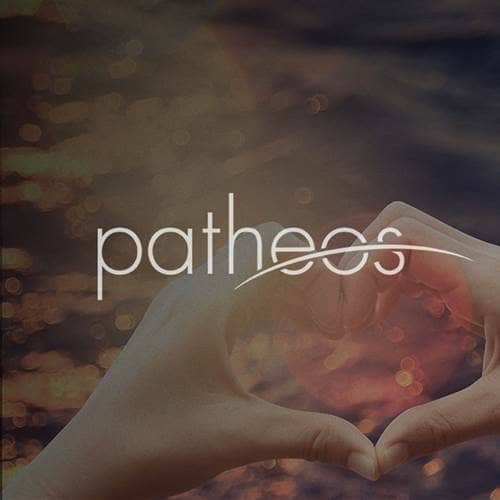- Trending:
- Pope Leo Xiv
- |
- Israel
- |
- Trump
- |
- Social Justice
- |
- Peace
- |
- Love

RELIGION LIBRARY
Taoism
Leadership
Two sects of Taoism are predominant in greater China today: Zhengyi and Quanzhen. In the Zhengyi Taoist tradition, the priest is almost always married, and marriage is a requirement to become a priest of the highest rank. The priest may be of any social class, and may be male or female, although most today are male. Often the role is passed down from generation to generation within a family.
Quanzhen clergy typically reside in monasteries. Like the Zhengyi clergy, Quanzhen monks also function as ritual specialists on behalf of local communities. Quanzhen nuns are less likely to be engaged with the community, but some become influential and high-ranking figures within the monastic organizations.
These two sects are predominant in greater China today, Zhengyi in Taiwan and southern China, and Quanzhen in most of mainland China. Throughout mainland China there are also unaffiliated Taoist priests who marry, live at home, and serve the local communities.
Of the other two major sects, Shangqing was originally a practice in which individuals served as their own priests. It was popular among the literati and emphasized self-cultivation and visionary journeys. Organized Shangqing monasteries and temples developed with time, but the emphasis of the tradition as a whole remained on the individual.
The texts of the Lingbao sect, which incorporated many components of Buddhism, reflect the tension between a Chinese cultural preference for family life and the Buddhist emphasis on a celibate priesthood. Chinese rulers often preferred that the Taoists followed the Buddhist model, and state-sponsored Taoist and Buddhist monasteries were created in the 7th century by the Tang emperor. New Lingbao scriptures that appeared from the mid-6th to mid-8th centuries encouraged celibacy and monastic living. However, other new Lingbao texts did not forbid intercourse, but only lust and desire, as it was lust that depleted vital energies when the object should be to retain and purify them. Monks and nuns often lived in the same monastery complexes, and there are some indications that the old tradition of ritual intercourse without climax may have been practiced in some monastic settings.
Although they may help members of the lay community with minor illnesses or personal problems, today's Taoist priests are not heads of a congregation, and temple business is the responsibility of community leaders. Taoist priests and monks today serve the lay community primarily in their capacity as ritual specialists. This role requires extensive personal preparation, involving the rigorous practice of self-cultivation techniques and years of training, including the memorization of texts, learning music, and memorizing every detail of the rituals themselves. Taoist rituals are complex events. Ritual space is created especially for each ritual, using tables, banners, lanterns, portraits, and many other elements, and then broken down afterward. The rituals incorporate music, recitations, and journeys to the celestial realms by the priest on behalf of the community. Only a few are able to master every element of every ritual.
To attain the highest rank in the Zhengyi tradition, that of Great Master, is rare. One must have the necessary moral virtues, physical skills, and intellectual abilities. There must also be a need for a Great Master, as there is never more than one in a community. One must be elected by the elders of the community, and then undergo a lengthy and expensive ordination process, as well as a twenty-year apprenticeship learning texts and rituals, and practicing self-cultivation. Upon ordination, the Great Master receives a Certification of Immortality and is regarded as a member of the celestial hierarchy.
Study Questions:
1. What is the role of family life within the leadership of the Zhengyi, Quanzhen, and Lingbao sects?
2. Is celibacy a requirement for Taoist clergy?
3. How does one become a Great Master within the Zhengyi tradition?










